Litopia Writers’ Reading List 2024

Peter Cox, founder of Litopia
I asked our members a simple question.
Which books have had the most profound impact on your development as a writer?
Here’s what they told me. A glorious cornucopia of more than forty definitive titles that ought to be on your reading list.
And note: if you buy them all (why not?) it will still be cheaper than taking one average-priced commercial writing course.
We’ve all enjoyed putting this list together, and we hope you get as much out of it as we have.
Peter Cox
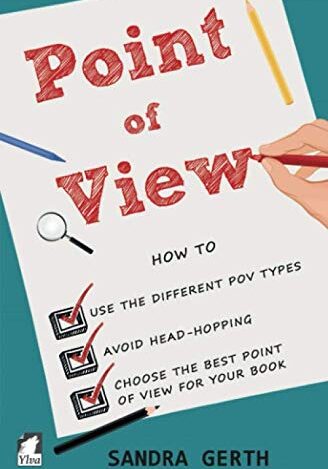
Point Of View by Sandra Gerth
Our Summary
A clear, informative guide to the different types of POV with tips on choosing the best POV for your own manuscript. Offers exercises focused either on your work in progress or on a published book.
What I learned From It
I saw how to mix some POV, how and why to avoid head-hopping and picked up tips on internal monologue.
Jeanette
[maxbutton id="1" url="https://amzn.to/3GcXzol" ]
[maxbutton id="2" url="https://amzn.to/3sMdJSx" ]
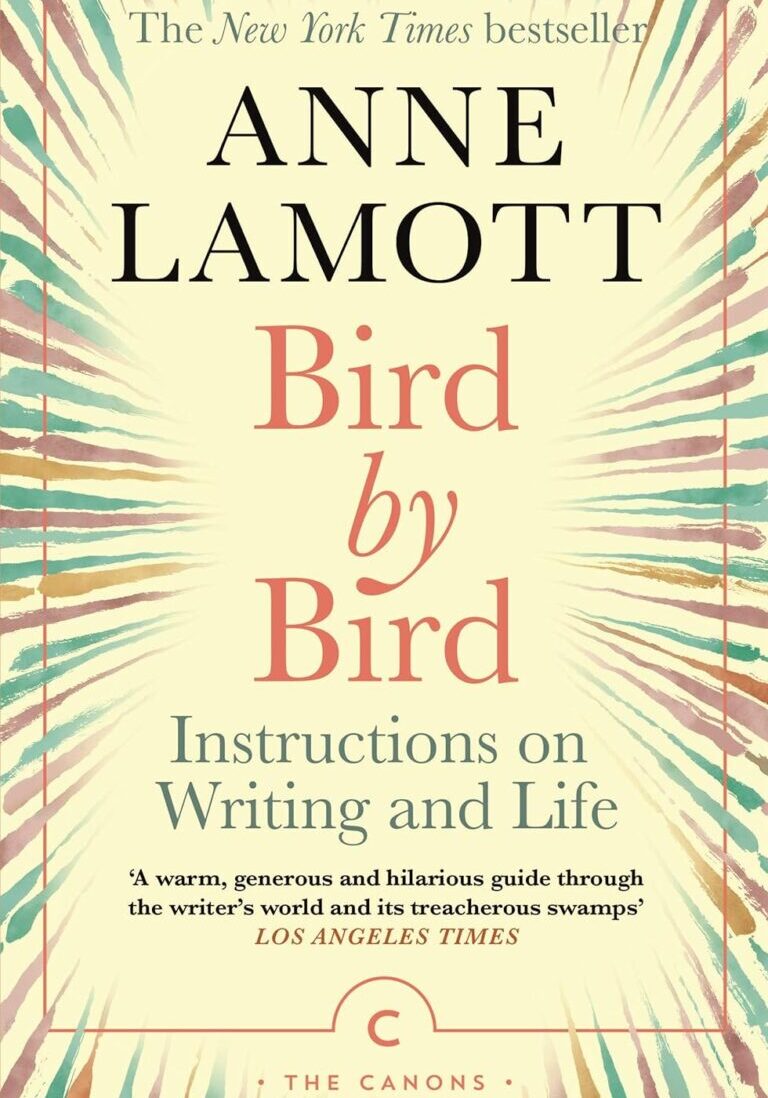
Bird by Bird by Anne Lamott
Our Summary
Down to earth advice, not so much about the craft per se as the practice (and pitfalls) of "being a writer".
What I learned From It
I'm actually still reading it, but so far I've got lots of encouragement from it. Her style is super informal and she has a wonderful dry wit, it's like a brilliant chat in the pub with someone who really knows their shit and you go away thinking, "yeah, I really can do this..."
Josephine
[maxbutton id="1" url="https://amzn.to/3Gdt2a0" ]
[maxbutton id="2" url="https://amzn.to/40Ytcf2" ]
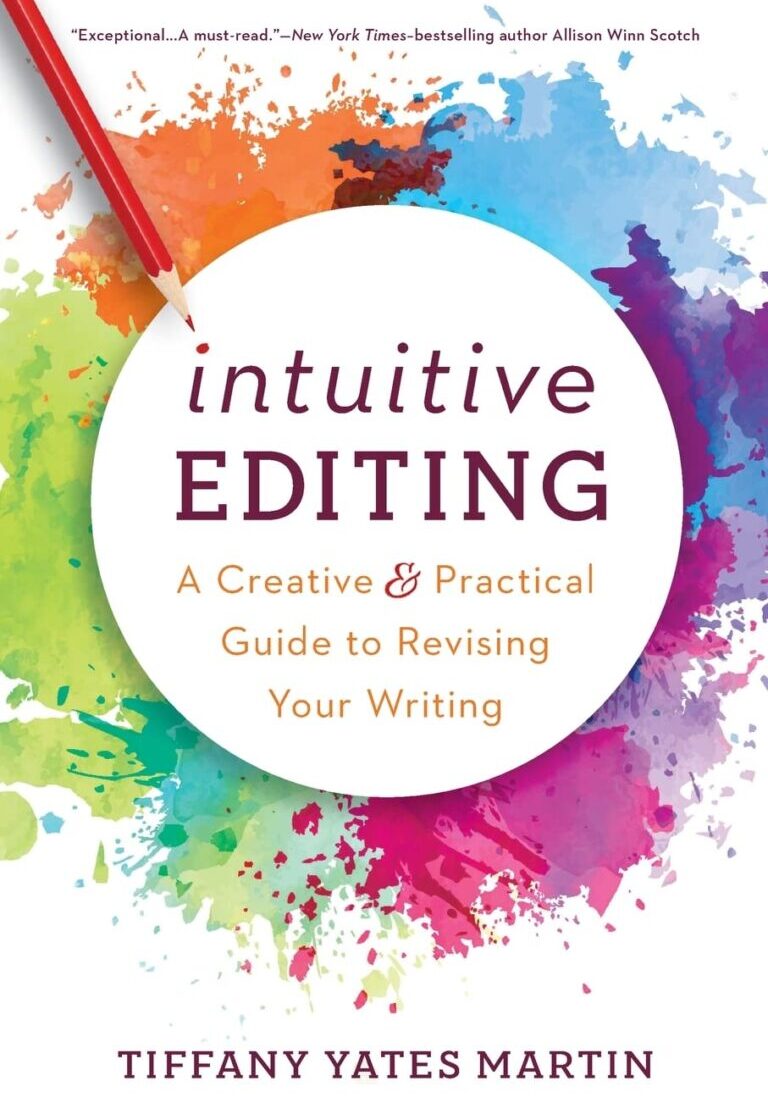
Intuitive Editing by Tiffany Yates Martin
Our Summary
Everything you could possibly need to know to get your manuscript to submission or self-publishing standards.
What I Learned From It
This book is gold dust. Made me think objectively about everything I've been doing or hope to do.
Vagabond Heart
[maxbutton id="2" url="https://amzn.to/49PDylq" ]
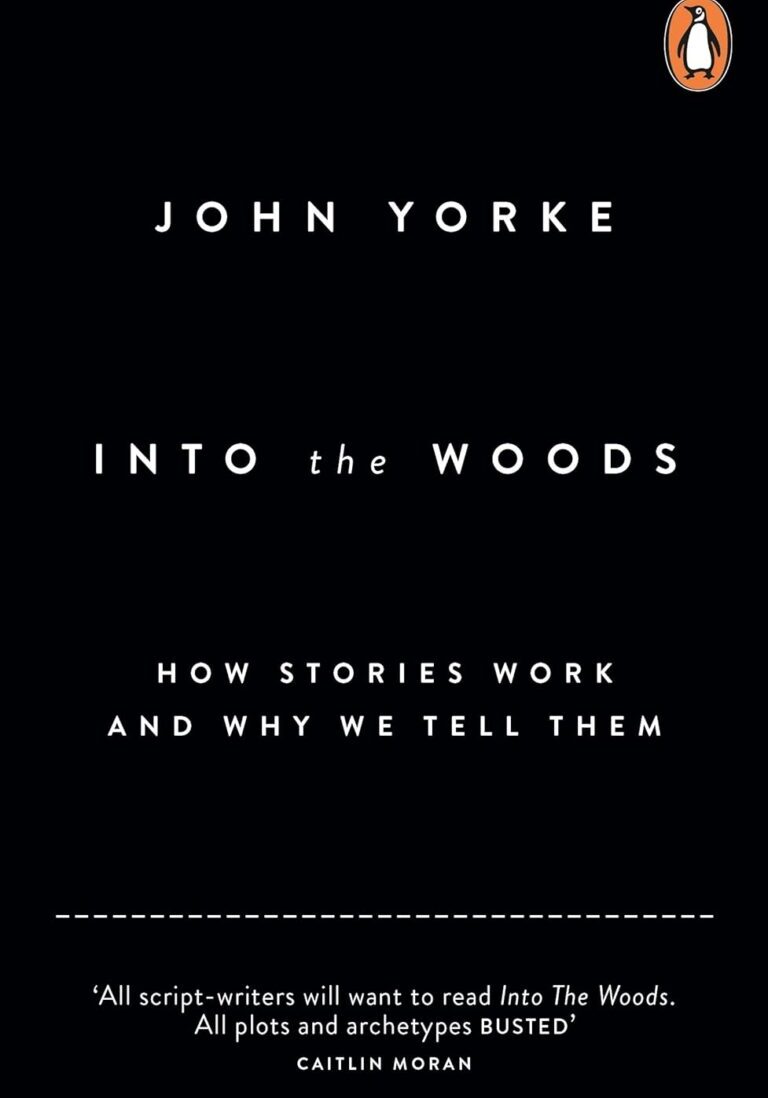
Into The Woods: How Stories Work And Why We Tell Them by John Yorke
Our Summary
A structural guide to storytelling, plotting, punch, flow step by step
What I learned From It
Although such a step by step guide seems a bit prescriptive and in theory has the potential to limit the creative flow, I found that following the principles helped prevent a story from being a shapeless mass and made it take shape and form. A bit like a block of marble being turned into Michelangelo's David (although perhaps my results have been less classically terrific). Or a diving board: a structure from which to soar.
AliG
[maxbutton id="1" url="https://amzn.to/46rL0Af" ]
[maxbutton id="2" url="https://amzn.to/3STqGVm" ]
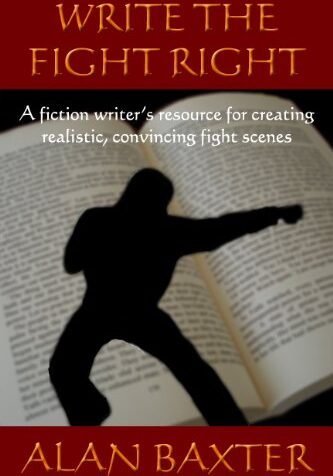
Write The Fight Right by Alan Baxter
Our Summary
Alan Baxter, a martial arts instructor and author, talks about what makes a good fight scene, and how to write rich scenes that are realistic and engaging for the reader. He discusses hand fighting in depth--techniques used, guarding and blocking, common injuries sustained in fighting, the consequences of a knockout. He explains how a smaller opponent must fight differently than a larger opponent. He discusses the sounds, smells, and yes, tastes of a fight. He discusses how the use of weapons affects the pace and outcome of a fight. Most importantly, he dives into the psychology of a fight--the effects of adrenaline, training, and experience on how people fight and how they react to a fight. All these details are explained in the context of how to convey the chaos and emotion of a fight on the page.
What I learned From It
I learned how to realistically give my characters challenging odds in fights. I also learned how to make a fight scene rich in detail without focusing on the blow-by-blow of a fight. Most importantly, I learned that the key to a fight is the emotional reactions of the characters--how the characters experience and emotionally process the fight is more important than the mechanics of the conflict itself. I also learned how to realistically address the aftermath of a fight--the broken hands, concussions, emotional turmoil--rather than have my characters bounce right back as though nothing happened.
Robinne Weiss
[maxbutton id="1" url="https://amzn.to/3STowVu" ]
[maxbutton id="2" url="https://amzn.to/3SUUCQT" ]
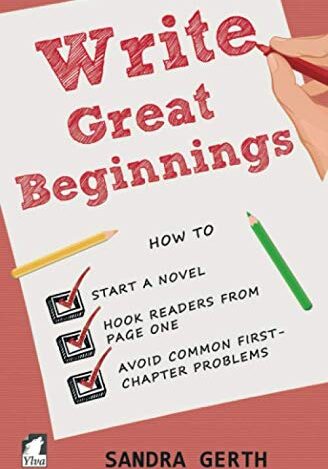
Write Great Beginnings by Sandra Gerth
Our Summary
Defines "a beginning" and lists do's and don'ts together with pointers on how to achieve the first and avoid the second. Offers exercises based either on an ongoing manuscript or a published work.
What I learned From It
This is a comprehensive and clear overview written in simple terms. The points it makes are self-contained so you can zoom directly to whatever concern you have about the beginning of your work.
Jeanette
[maxbutton id="1" url="https://amzn.to/47lA5JA" ]
[maxbutton id="2" url="https://amzn.to/40T7iJP" ]
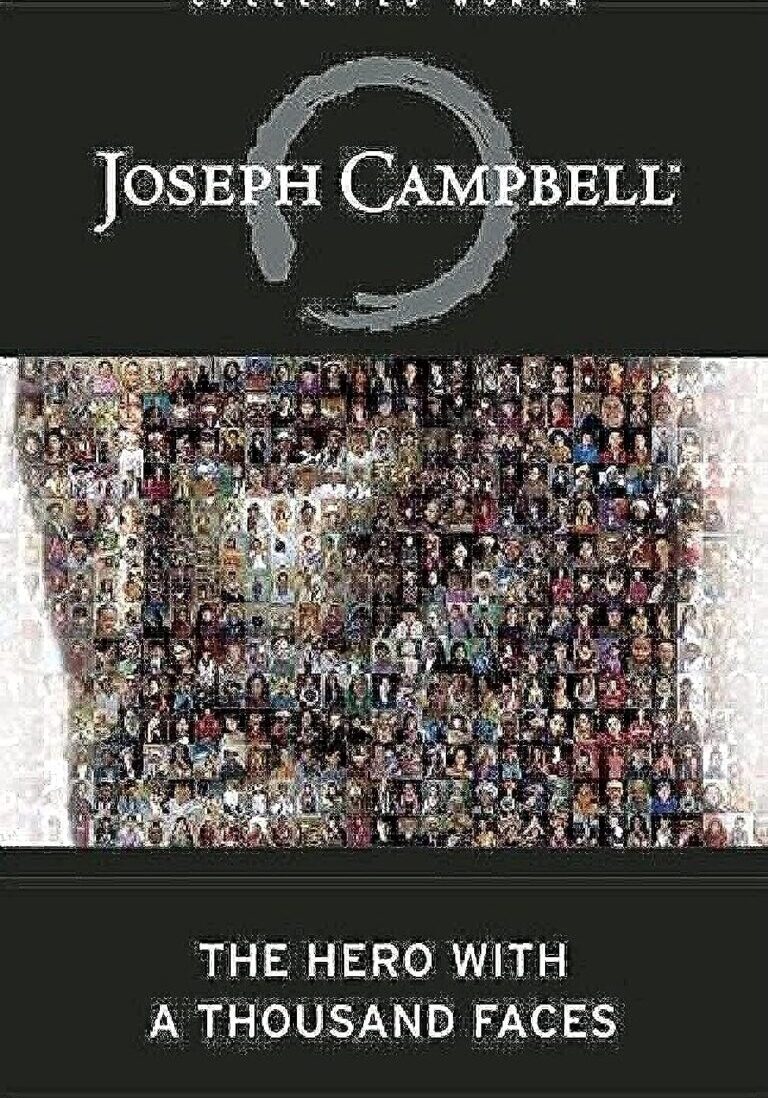
The Hero With A Thousand Faces by Joseph Campbell
Our Summary
First published in 1949, this dense, sometimes impenetrable, and somewhat controversial book on comparative mythology takes a tour through world folklore to tease out common themes and archetypes.
What I learned From It
What George Lucas was thinking when he wrote Star Wars. If you want to understand Hollywood's obsession with this mode of storytelling, you should read this book. If you've heard other writers talk/evangelize/fret about the "Hero's Journey" and you're not exactly sure what they're talking about, you should read this book. If you have even the most passing interest in commercial Western storytelling, you should read this book. Also see "The Writer's Journey" by Christopher Vogler.
Rich.
[maxbutton id="1" url="https://amzn.to/3MSV5PG" ]
[maxbutton id="2" url="https://amzn.to/46uzOTx" ]
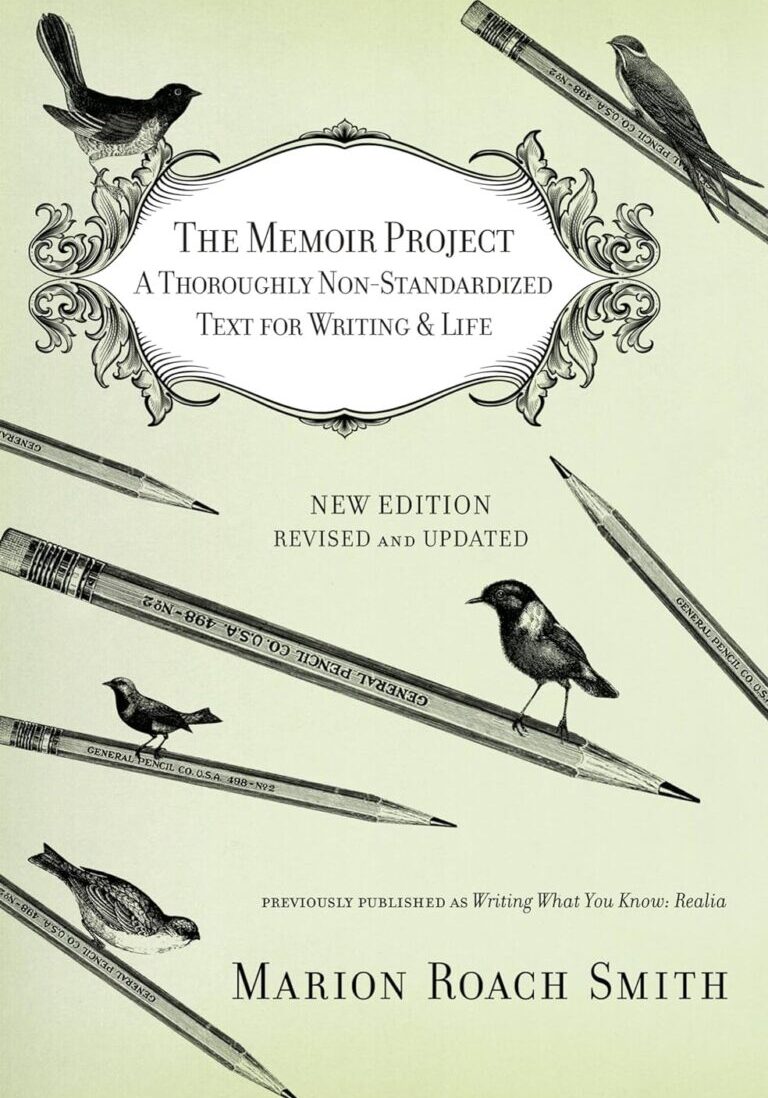
The Memoir Project – A Thoroughly Non-Standardized Text For Writing & Life by Marion Roach-Smith
Our Summary
Rational and literary at the same time, this slim tome is an extremely helpful exploration of how to turn life into memoir -- without boring the pants off the reader.
What I learned From It
A memoir is an illustration of a truth, a single facet of a life rather than a life story. Just because something happened doesn't make it interesting. Narrow the focus, find your voice and write in scenes until you have a vomit draft. Then the real work begins.
Mel L
[maxbutton id="1" url="https://amzn.to/3QUSpCa" ]
[maxbutton id="2" url="https://amzn.to/3Tc3kKT" ]

On Writing by Stephen King
Our Summary
Leave it to the literary rock star to compose a craft book that’s as entertaining as a good novel. “This is a short book because most books about writing are filled with bullshit,” King writes. What follows is a witty, practical, and sometimes poignant guide that is refreshingly devoid of the aforementioned BS. King relates his personal story of becoming a writer, then offers a “toolkit” of clear advice about everything from dialogue and descriptive passages to revisions and the head game. And there’s more: tips for beginning writers on submitting work for publication, a mark-up of one of King’s own manuscripts, and a reading list. You might not be awake at 3 a.m. turning these pages, but we promise On Writing will open your eyes to essential tricks of the trade.
What I learned From It
Just write a story readers will read.
James Charles
[maxbutton id="1" url="https://amzn.to/3MVOW5m" ]
[maxbutton id="2" url="https://amzn.to/46IadGV" ]
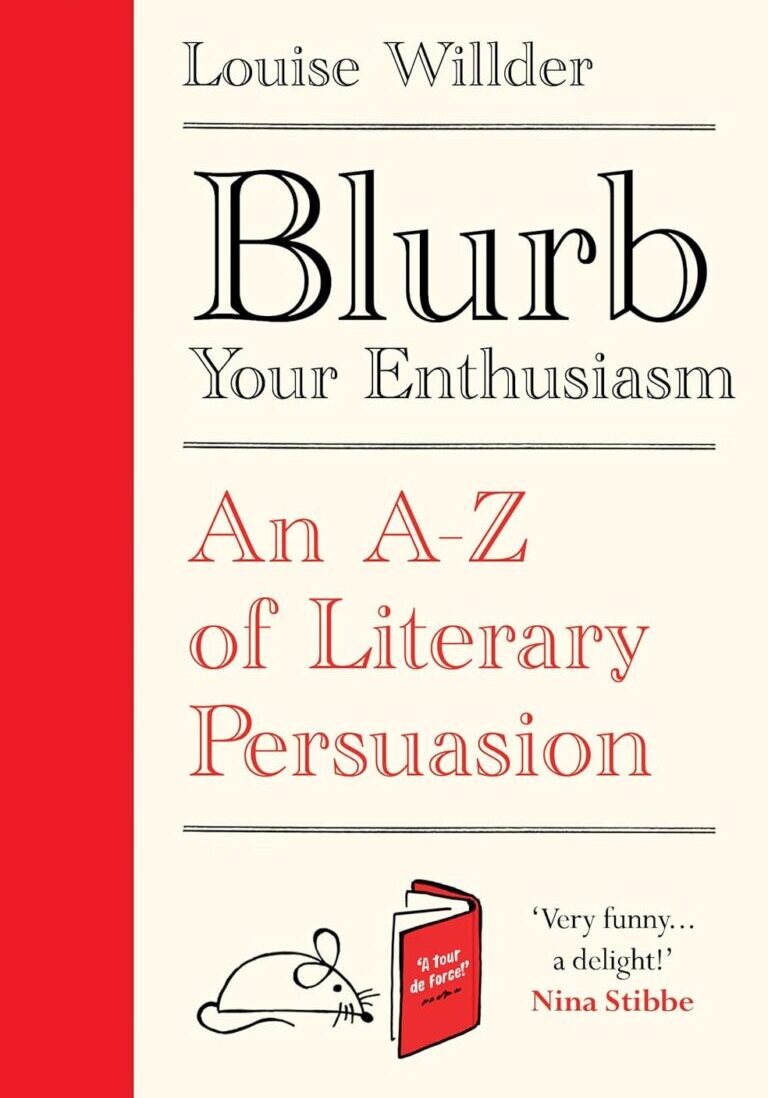
Blurb Your Enthusiasm: An A To Z Of Literary Persuasion by Louise Willder
Our Summary
How different blurbs work in different genres from an insider in the business (Willder is a Penguin books blurb writer). Lots of great examples in each genre in terms of what does and doesn't work and why. Willder argues every word matters in a blurb, and so each has to count. Thus, she offers ways to do this.
What I learned From It
How to write a successful blurb from an experienced blurb writer. That is, what will appeal to readers in different genres and why. Use of specific words and phrases that attract readers. The multitude of different examples proved helpful as comparisons to craft your own blurb. As the book is written with humour, it's easy to read. You can also flick to different sections as per the genre you're working in, but I'd recommend you read the whole books to get the full picture.
Rachael Burnett
[maxbutton id="1" url="https://amzn.to/3RczNiw" ]
[maxbutton id="2" url="https://amzn.to/3RbgTZh" ]
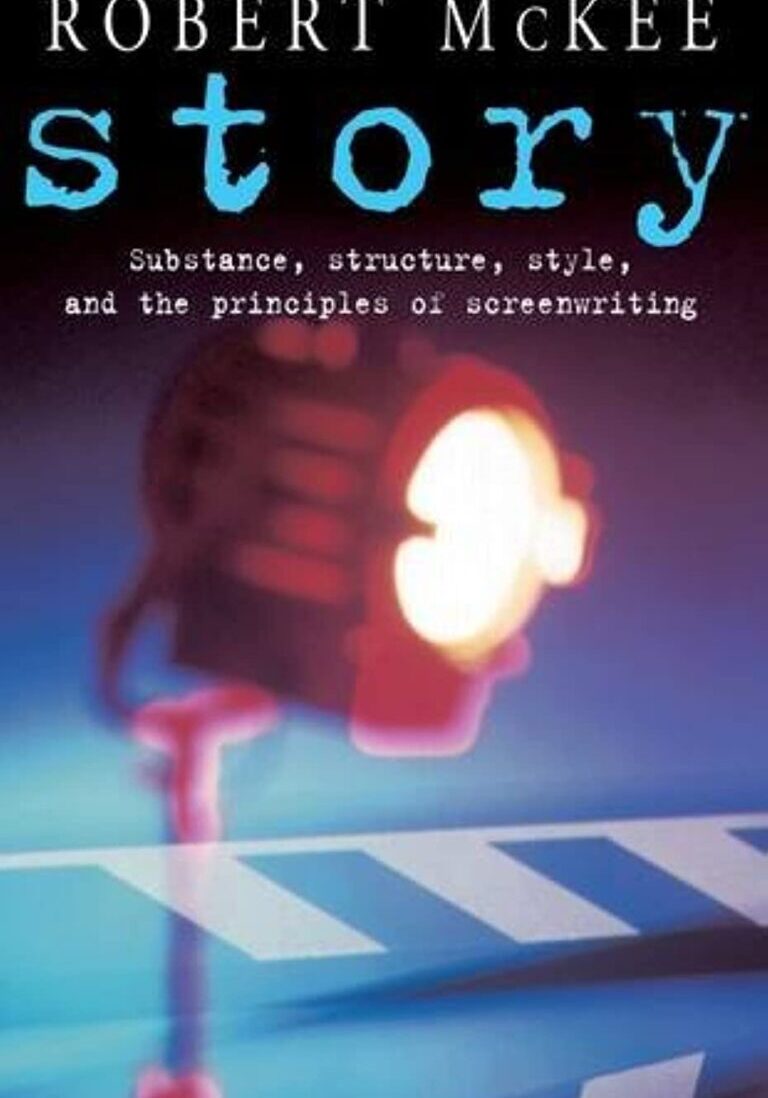
Story – Substance, Structure, Style And The Principles Of Screenwriting by Robert Mckee
Our Summary
An oft-quoted reference for screenwriting, this book delves deep into story as a metaphor for life. McKee's analysis of film structure is hugely insightful for novelists. He explores genre, character, theme and exposition in terms that are clear and thought-provoking. Beyond a 'how to' guide, this is a reference book that deserves its place on a writer's shelf.
What I learned From It
The art of story is universal. The same set of skills a writer uses to bring a story to the screen also strengthen our craft in writing fiction and other narratives.
Mel L
[maxbutton id="1" url="https://amzn.to/3STyrKY" ]
[maxbutton id="2" url="https://amzn.to/3sLT014" ]
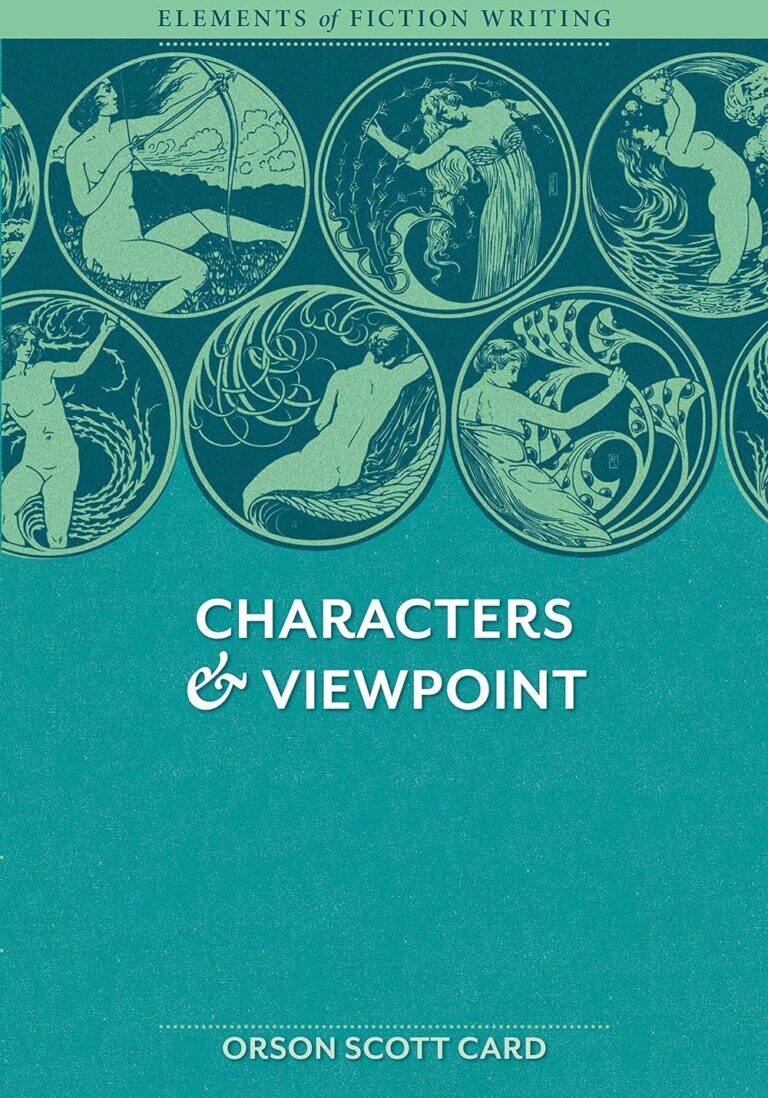
Characters & Viewpoint by Orson Scott Card
Our Summary
Techniques of inventing, developing and presenting characters, plus handling viewpoint in novels and short stories. Spells out your narrative options in creating "real" fictional people. Distinguish among major characters, minor characters and walk-ons, and develop each appropriately. Choose the most effective viewpoint to reveal the characters and move the storytelling. Decide how deeply you should explore your characters' thoughts, emotions, and attitudes.
What I learned From It
This demystified POV for me when I first started writing prose. It also taught me how some of my all-time favorite characters were made, and why I loved them.
LJ Beck
[maxbutton id="1" url="https://amzn.to/47KOkaz" ]
[maxbutton id="2" url="https://amzn.to/49MmHzQ" ]

Save the Cat Writes a Novel by Jessica Brody
Our Summary
Great for understanding genre, theme, 3 act structure. Very well explained. Lots of examples of story beats from popular books. Even looks at pitches and loglines.
What I Learned From It
I found the famous beat sheet really helpful in deciding when to do what in my novel. The biggest thing for me was understanding structure enough to keep those pages turning
Hannah F
[maxbutton id="1" url="https://amzn.to/49PDjqw" ]
[maxbutton id="2" url="https://amzn.to/47HLROc" ]
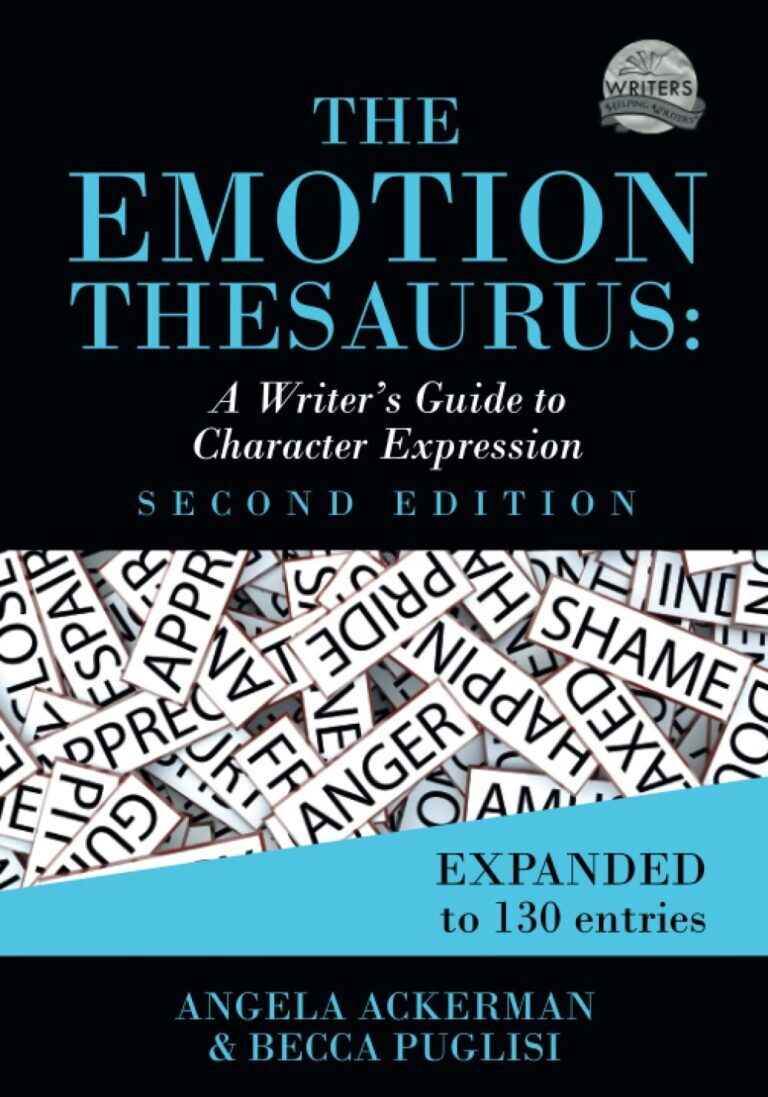
The Emotion Thesaurus by Angela Ackerman And Becca Puglisi
Our Summary
A great one to dip in and out of if you find yourself repeating yourself in terms of showing-not-telling emotions. Gives lots of examples.
What I learned From It
Ideas to avoid repetition and alternative ways to say the same things if emotional reactions are repeated through the story.
Claire G
[maxbutton id="1" url="https://amzn.to/3RcCK2A" ]
[maxbutton id="2" url="https://amzn.to/46tYtYm" ]
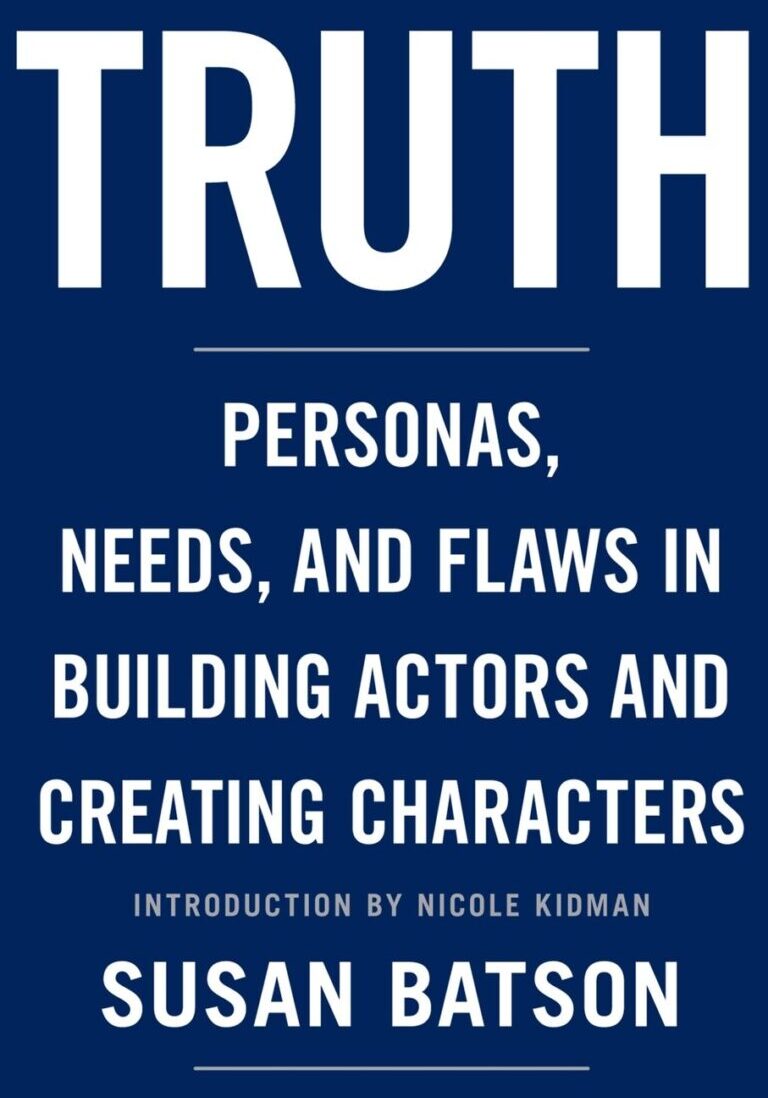
Truth by Susan Batson
Our Summary
Public personas, needs, and tragic flaws - A step-by-step guide for creating truth in a character from an acting perspective.
What I learned From It
This one's a little off the beaten path... I was fascinated with method acting, and wanted to bring that to my writing. How to embody and write the truth of a character. This is one of the books I learned a lot from in that regard.
LJ Beck
[maxbutton id="1" url="https://amzn.to/3GdieIY" ]
[maxbutton id="2" url="https://amzn.to/49PPZgR" ]
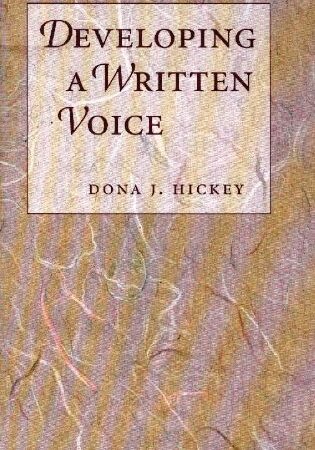
Developing A Written Voice by Dona J Hickey
Our Summary
This dense work focuses on a directed attitude towards developing Voice. From conversational to formal, snarky to respectful, it's all about word choice and the way that language will both sound and convey meaning. The same words with the same meaning can nevertheless be ordered in different ways with a difference in the way they are perceived, the it is this that comprises 'voice'. Replete with concrete examples and pertinent exercises, this book is hard to find but well worth the search.
What I learned From It
All writers have a voice, but not all work at developing it - or even possess a framework for it. This book provides a framework and it's a book I will continue working through for years to come.
Dan Payne
[maxbutton id="1" url="https://amzn.to/3GwJS3X" ]
[maxbutton id="2" url="https://amzn.to/3MWcxmr" ]
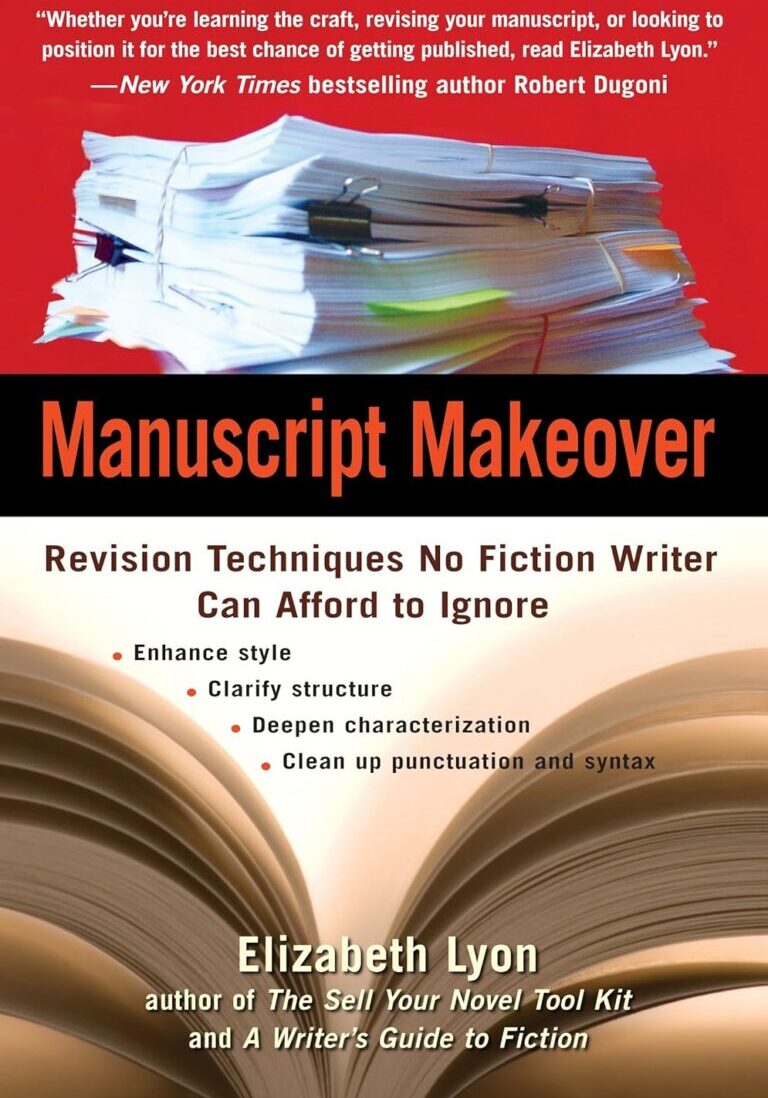
Manuscript Makeover: Revision Techniques No Fiction Writer Can Afford to Ignore by Elizabeth Lyon
Our Summary
Presents in a highly readable, organized way all of the elements of a novel, from the significance of genre and common to lesser-known structures to all the aspects of a writers' craft. Briefly and with amazing clarity, describes potential problems which might arise from each, then follows with suggestions for how to "fix" them. Chapters are organized around particular craft elements and issues, so readers can choose which parts of the book to focus on relative to their personal writing needs. Review checklists of problems and their solutions are included at the end of each chapter.
What I Learned From It
I have now read easily a dozen books on how to write a novel, plus several on revision, and while I've taken away something of value from each, not one of them has given me the breadth of awareness and practical understanding of craft elements, from A to Z and beyond, that this jam-packed, wisely conceived and clearly presented book has given me. It's not prescriptive, nor does it follow the latest trends in fiction writing. Ms Lyons doesn't think she has 'the' answer or make suggestions that make a writer feel like a square peg being forced into a round hole, but rather shows writers how to consider each issue in light of their own writing style, voice and vision for their novel. Check out the Amazon reviews; I'm not the only one who loves this book. It's a keeper! And one to be used over and over.
CarolMS
[maxbutton id="1" url="https://amzn.to/3SYVT9x" ]
[maxbutton id="2" url="https://amzn.to/3MZVwrv" ]
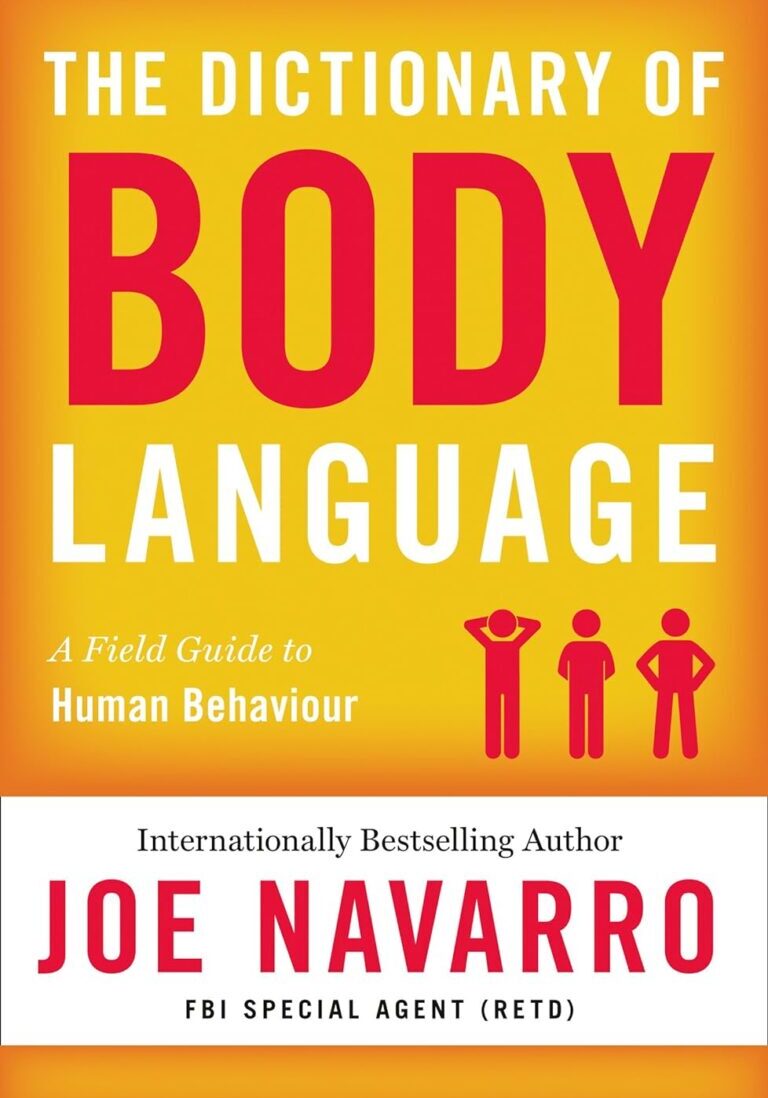
The Dictionary Of Body Language by Joe Navarro
Our Summary
Not a writing book per say, but an invaluable text for writers. That is, it's dictionary structure means you can flick to a section and read about a specific body part you want to write about and read authentic body language positions/movements, etc. for each character. For example, you might might want to write about a character's eye, head, hand, etc. movement, the text allows you to learn authentic, non-cliched body language. Written by a ex-FBI agent, it is easy to read and invaluable for adding layers of authentic 'show' to characters. Works well with Navarro's first book What Every Body is Saying (a more detailed account of body language with illustrations).
What I learned From It
Genuine body language that can be adapted to different characters for accurate emotion and thus characterisation. Rather than relying on the usual cliches in body language for characters, this book elevates and authenticates body language, movement, and thus emotion that 'shows' rather than 'tells' the reader in a believable manner. Easy to use both via the chapter headings and the detailed index to research each different part of the body. This is one book I would not be without as a writer.
Rachael Burnett
[maxbutton id="1" url="https://amzn.to/47FXKVv" ]
[maxbutton id="2" url="https://amzn.to/3RmatXH" ]
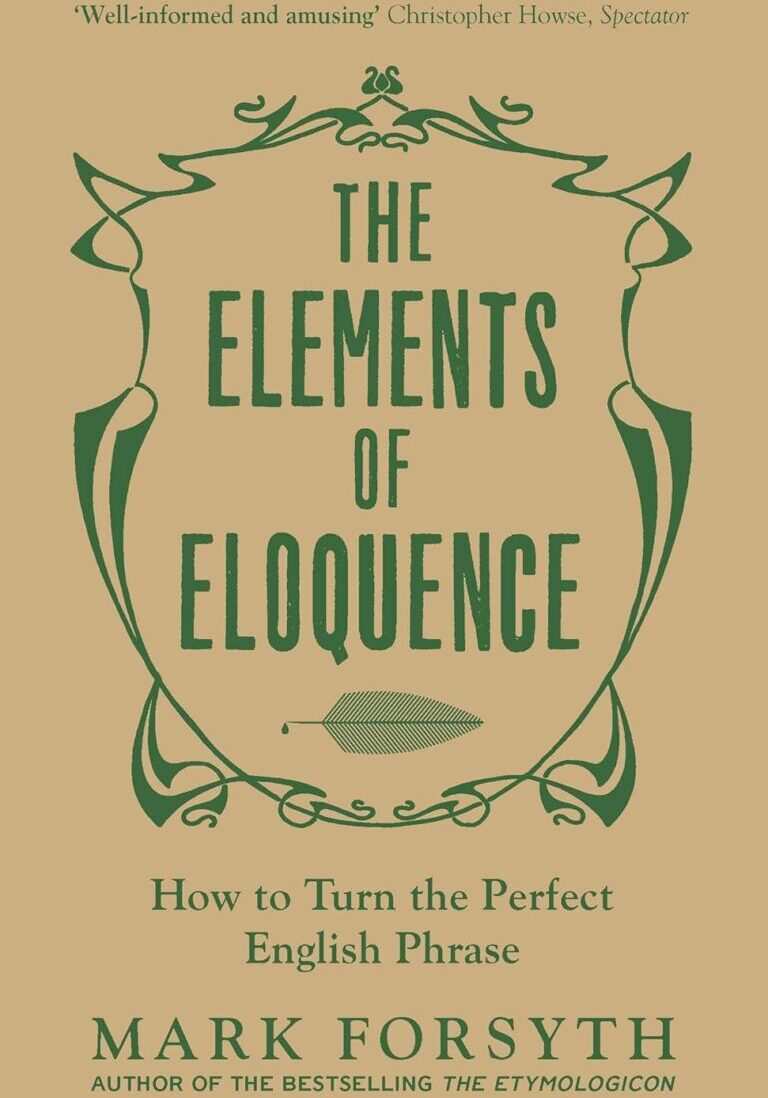
The Elements Of Eloquence: Secrets Of The Perfect Turn Of Phrase by Mark Forsyth
Our Summary
This is a book with a clear message (from the blurb): In an age unhealthily obsessed with the power of substance, this is a book that highlights the importance of style.
What I learned From It
About thirty chapters each dedicated to a rhetorical figure. The book is a fun read and has plenty of examples from The Bible, Shakespeare and Tupac ( "Money don't make the man, but man I'm making money")
JohnBertel
[maxbutton id="1" url="https://amzn.to/49IxFXf" ]
[maxbutton id="2" url="https://amzn.to/49MyLB7" ]
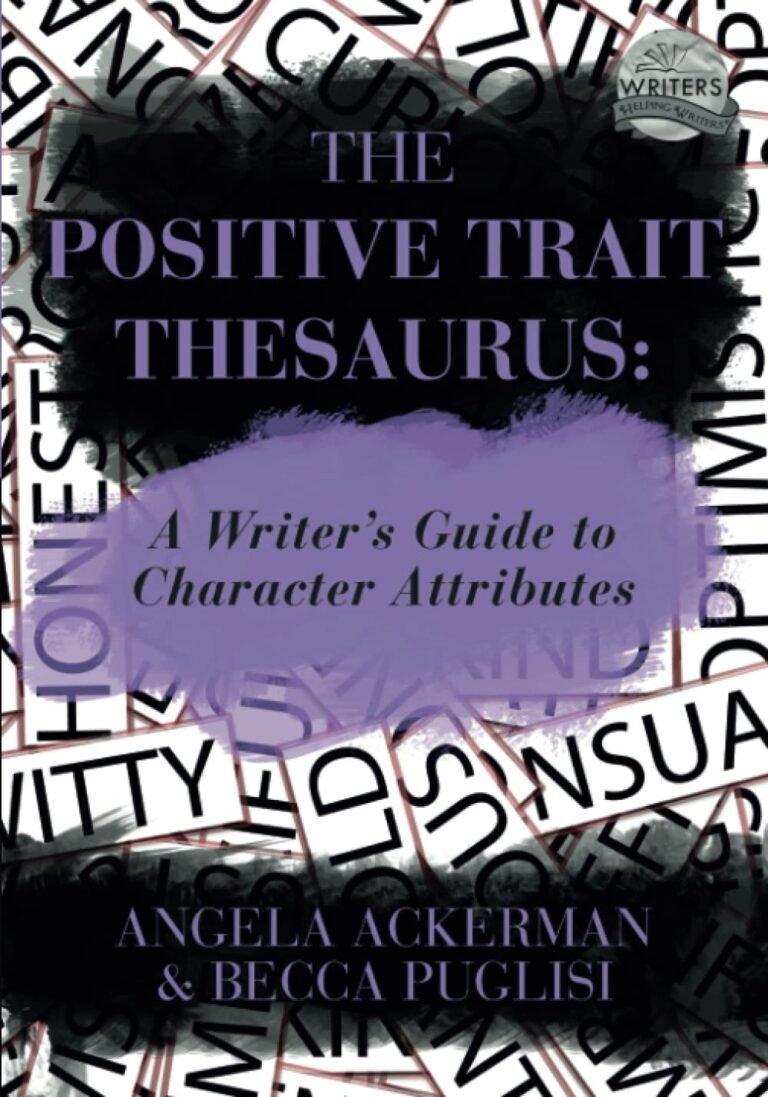
The Positive Trait Thesaurus by Angela Ackerman And Becca Puglisi
Our Summary
Lists character traits to help you generate different types of characters and how these traits might manifest. Useful in conjunction with The Negative Trait Thesaurus by the same authors.
What I learned From It
Helped me to write characters with more depth and think of a wider range of character types for my books.
Claire G
[maxbutton id="1" url="https://amzn.to/46vt085" ]
[maxbutton id="2" url="https://amzn.to/3sLx3iK" ]
Basic Membership Is Free.
Basic membership is sufficient for many writers.
Benefit from unlimited access to the Writing Lab for critiques using the Litopia® Method… Start your own writer’s blog on our powerful platform… And of course, maximum support from the oldest and friendliest community for writers on the ‘net.
Full Membership Is Only $149.95 For An Entire Year
Everything in Basic Membership plus unlimited access to all our writing seminars and unlimited access to our weekly live Writers’ Huddles for personal mentoring & coaching.
